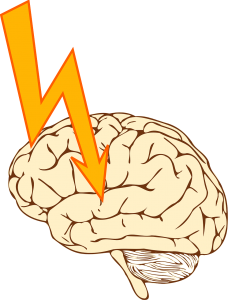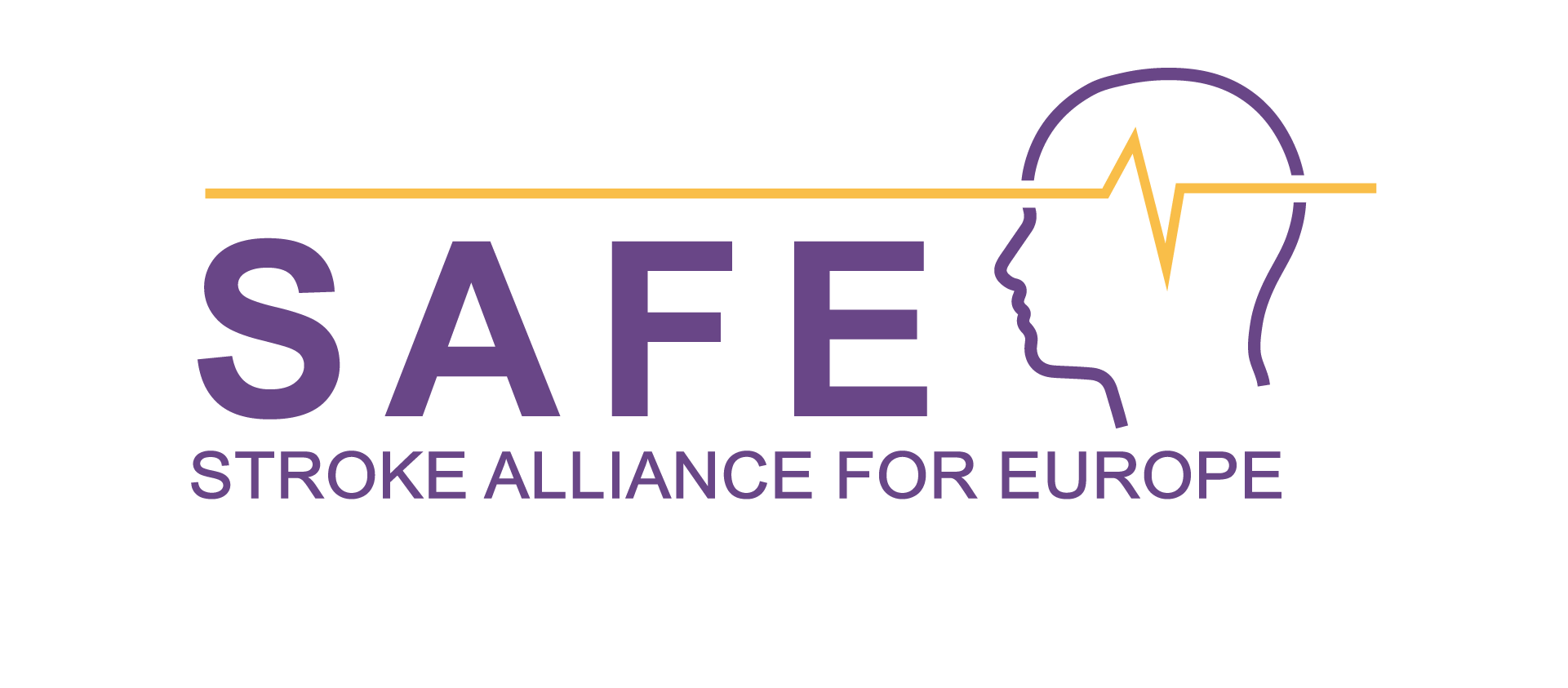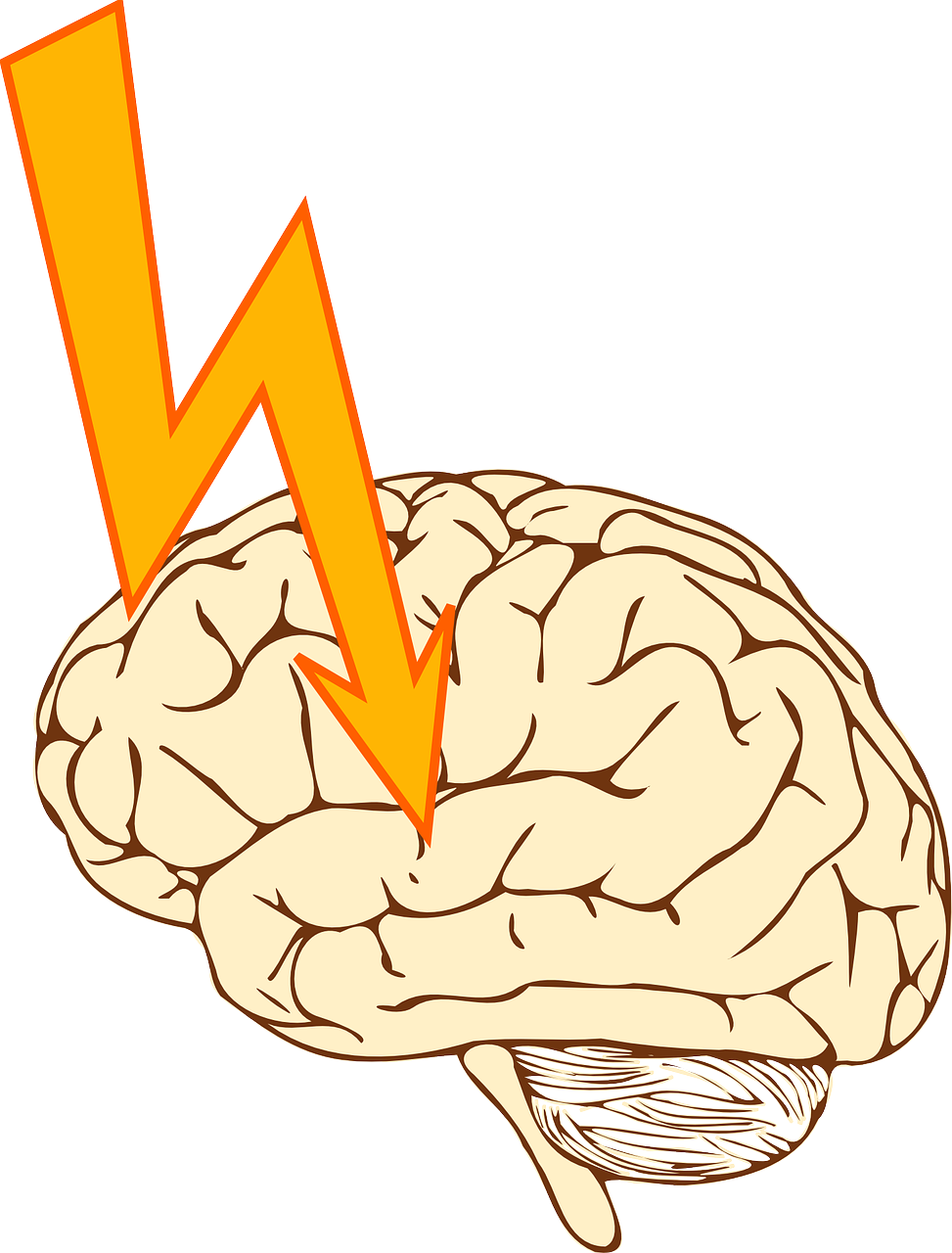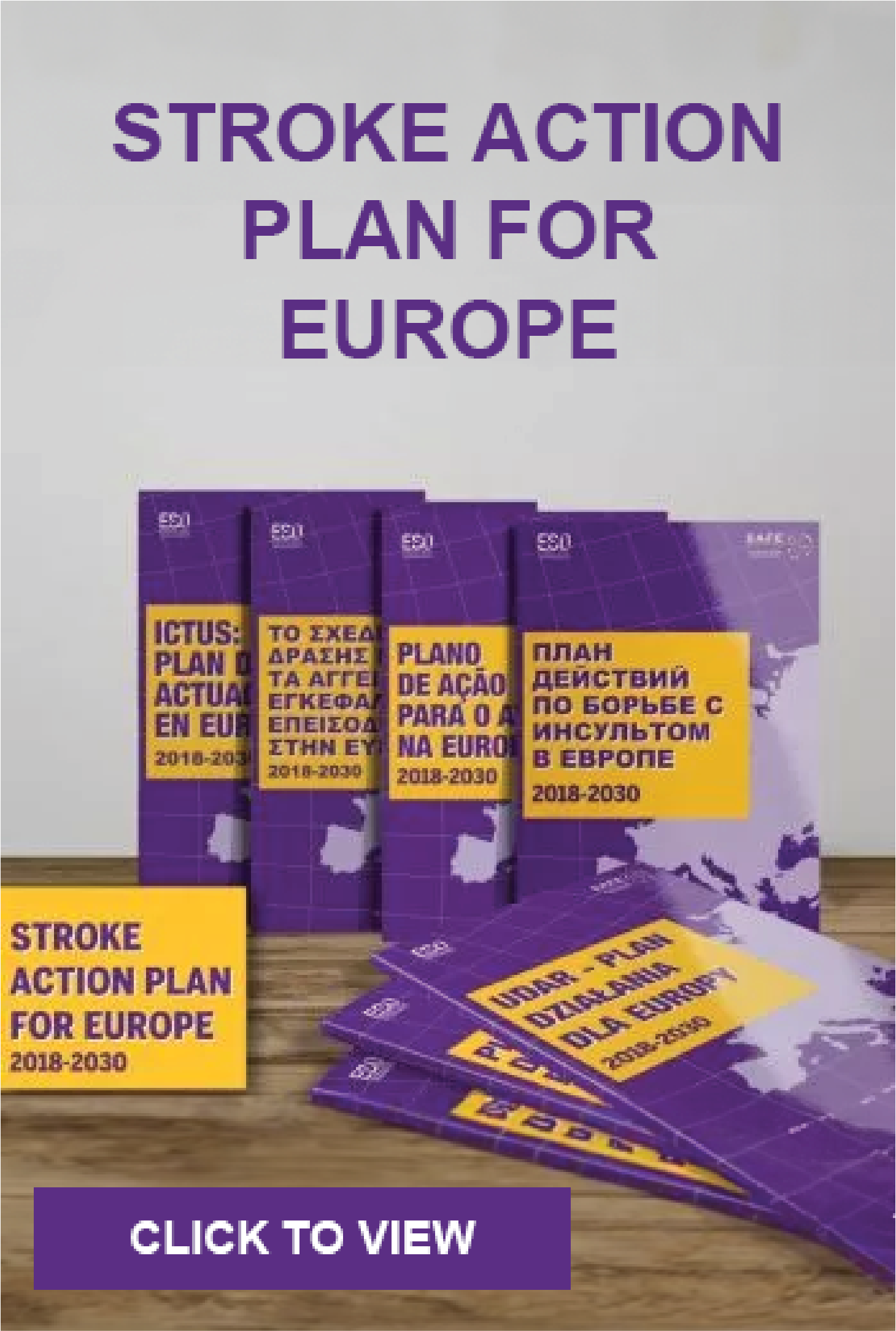Oct 07, 2016 | Dava Stewart
A review of the current literature regarding minor stroke and transient ischemic attack (TIA) shows that more comprehensive care could lead to less disability as well as be cost effective. The review, conducted by Aleksandra Yakhkind, MD, of the Department of Neurology at the Warren Alpert Medical School of Brown University in Providence, RI, and colleagues, was published in the journal Frontiers in Neurology recently. The authors say that patients with minor stroke and TIA undergo similar diagnostic evaluations, adding, “Due to the relatively high early risk of stroke recurrence in both groups and disability in minor stroke patients, key decisions in the management of minor strokes and TIA can have significant impacts on clinical outcomes, quality of life, and cost of care.” The present review is intended to summarize the current research, note the most important treatments for secondary stroke prevention.
The authors say that patients with minor stroke and TIA undergo similar diagnostic evaluations, adding, “Due to the relatively high early risk of stroke recurrence in both groups and disability in minor stroke patients, key decisions in the management of minor strokes and TIA can have significant impacts on clinical outcomes, quality of life, and cost of care.” The present review is intended to summarize the current research, note the most important treatments for secondary stroke prevention.
The authors are equivocal about thrombolytic therapy with intravenous recombinant tissue plasminogen activator (IV rtPA), saying it is “an important treatment for patients with acute ischemic stroke.” However, up to 2% of patients with minor stroke experience symptomatic intracerebral hemorrhage, making it a treatment physicians may avoid.
Two clinical are being conducted to compare IV rtPA to placebo in patients with minor stroke. The authors also say that acute endovascular therapy, or mechanical thrombectomy, has not been studied closely in patients with minor stroke. They say that “clinical trials are needed to prove the efficacy of endovascular treatment this patient population.”
“The risk of recurrent stroke in patients with minor stroke and TIA is 10-13% at 90 days, with approximately half of events occurring in the first two days,” say the reviewers. Although several scores have been used to predict risk after a minor stroke or TIA, none have been completely reliable, but various imaging techniques improve them.
Secondary stroke prevention is critically important for patients with TIA or minor stroke. The authors say, “Secondary prevention strategies include the use of antiplatelet agents, statins, and aggressive risk factor modification.”
The authors conclude, “A comprehensive approach to the treatment and triaging of patients with minor stroke or TIA may lead to decreased long-term functional deficits in this patient population and still be cost-effective.” They also note that randomized trials exploring various treatments and outcome predictors are currently underway.
The article was originally published here





